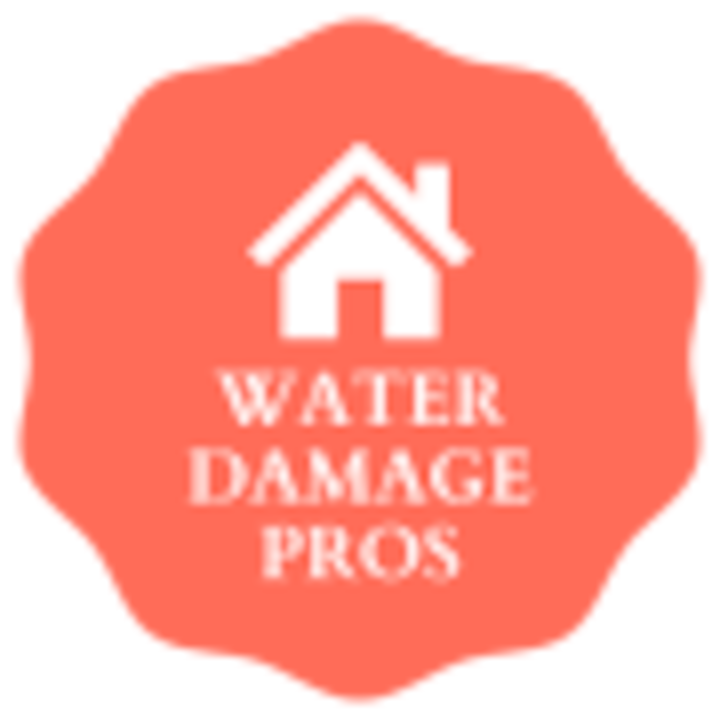Water Extraction and Drying Services for Lee's Summit Homes and Businesses
To ensure efficient water extraction and drying services, it's best to hire local professionals. Local water extraction experts possess the knowledge and experience necessary to handle various water damage situations in Lee's Summit homes and businesses. By hiring local professionals, you can benefit from their familiarity with the area, quick response times, and understanding of local regulations. Additionally, these professionals have access to specialized equipment and techniques, ensuring a thorough and effective water extraction and drying process.What Is Water Extraction?
Water extraction is a crucial step in the process of mitigating water damage. It involves removing excess water from a property using specialized equipment and techniques. Prompt water extraction is essential to prevent further damage, such as mold growth and structural issues.Importance of Prompt Water Extraction
Prompt water extraction is essential for mitigating damage and preventing further complications in the event of a water-related incident. Acting quickly to remove standing water and moisture is crucial to minimize structural damage, prevent mold growth, and protect personal belongings. Prompt water extraction not only saves time and money but also ensures a safe and healthy environment for occupants. By entrusting professionals with this task, homeowners and businesses can rely on efficient and effective water extraction services, providing peace of mind and a sense of belonging in their restored spaces.Emergency Water Mitigation: What Qualifies and How to Respond
Emergency water mitigation services are essential for minimizing damage and restoring affected areas promptly. When it comes to qualifying for emergency water mitigation, any situation where there's an immediate threat of water damage should be taken seriously. This includes burst pipes, severe flooding, or leaks that can cause structural damage. Responding quickly is crucial to prevent further destruction and mold growth. Contacting a professional water mitigation company is the best course of action to ensure a swift and effective response.Professional Water Extraction Methods
After assessing the immediate threat of water damage and the need for emergency water mitigation, the next step is to employ professional water extraction methods to effectively remove the water and initiate the drying process.- Utilize specialized equipment such as industrial-grade pumps and wet vacuums for efficient water removal.
- Implement moisture detection tools to identify hidden moisture and ensure thorough extraction.
- Employ dehumidifiers and air movers to accelerate the drying process and prevent mold growth.
Common Drying Techniques
One of the key elements in the water damage restoration process is implementing effective drying techniques. To ensure a thorough and efficient drying process, professionals use various common techniques, including:- Air movement: By increasing air circulation, moisture can be evaporated more quickly.
- Dehumidification: Dehumidifiers extract excess moisture from the air, preventing further damage and mold growth.
- Heat application: Applying heat can expedite the drying process, aiding in the evaporation of water.
Reasons to Hire a Water Damage Extraction Expert
When dealing with water damage, it may be tempting to handle the extraction and drying process yourself. However, there are several potential downfalls to taking on this task without professional assistance. To truly understand the reasons to hire a water damage extraction expert, consider the following points:- Expertise and Experience: Professionals have the knowledge and training to properly assess the extent of the damage and implement appropriate solutions.
- Time and Efficiency: Professionals have the necessary equipment and techniques to expedite the water removal and drying process, minimizing further damage and reducing the overall restoration time.
- Mold and Mildew Prevention: Proper extraction and drying techniques are crucial to prevent the growth of mold and mildew, which can lead to health issues and further damage to your property.
Potential Downfalls of DIY Water Removal
Hiring a water damage extraction expert is essential to avoid the potential downfalls of attempting DIY water removal. While it may seem cost-effective to tackle the problem yourself, there are several reasons why this could be a mistake. First, without the proper equipment and training, you risk causing further damage to your property. Additionally, DIY water removal often takes longer, increasing the chances of mold growth and structural issues.Get in Touch with a Water Extraction Expert Today
To quickly address water damage in your home, it's essential to contact a professional water extraction expert right away. They have the expertise and equipment needed to effectively remove water and prevent further damage. By getting in touch with a water extraction expert, you can ensure a swift and thorough restoration process, giving you peace of mind and helping you get your home or business back to normal as soon as possible. Don't wait, reach out today for the help you need.Get in touch with us today
We want to hear from you about your Water Damage needs. No Water Damage problem in Lees Summit is too big or too small for our experienced team! Call us or fill out our form today!
